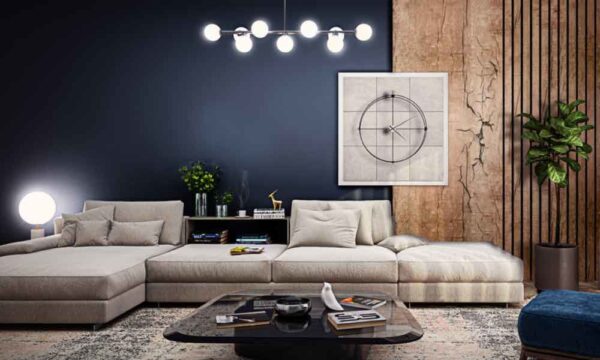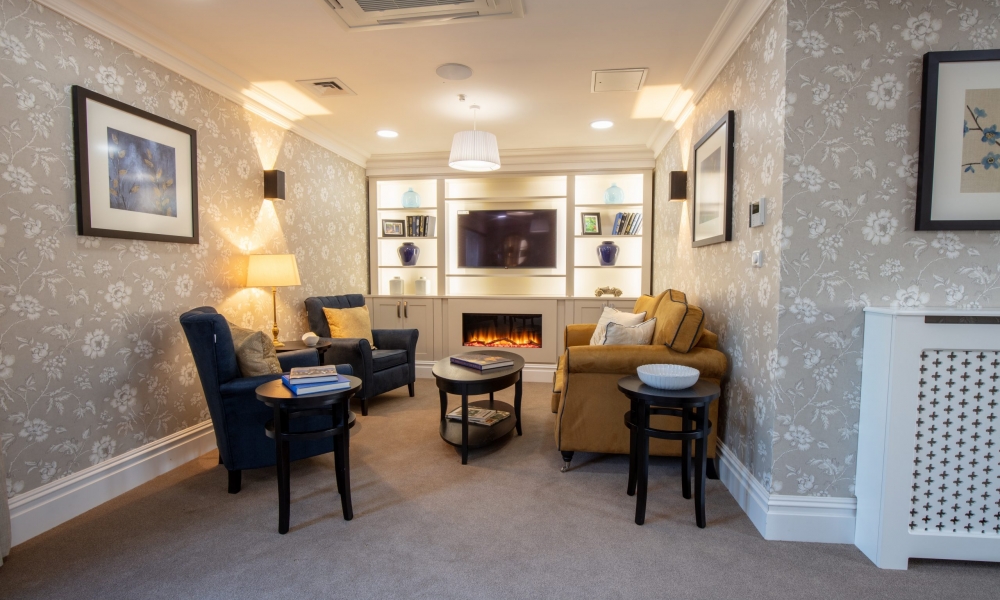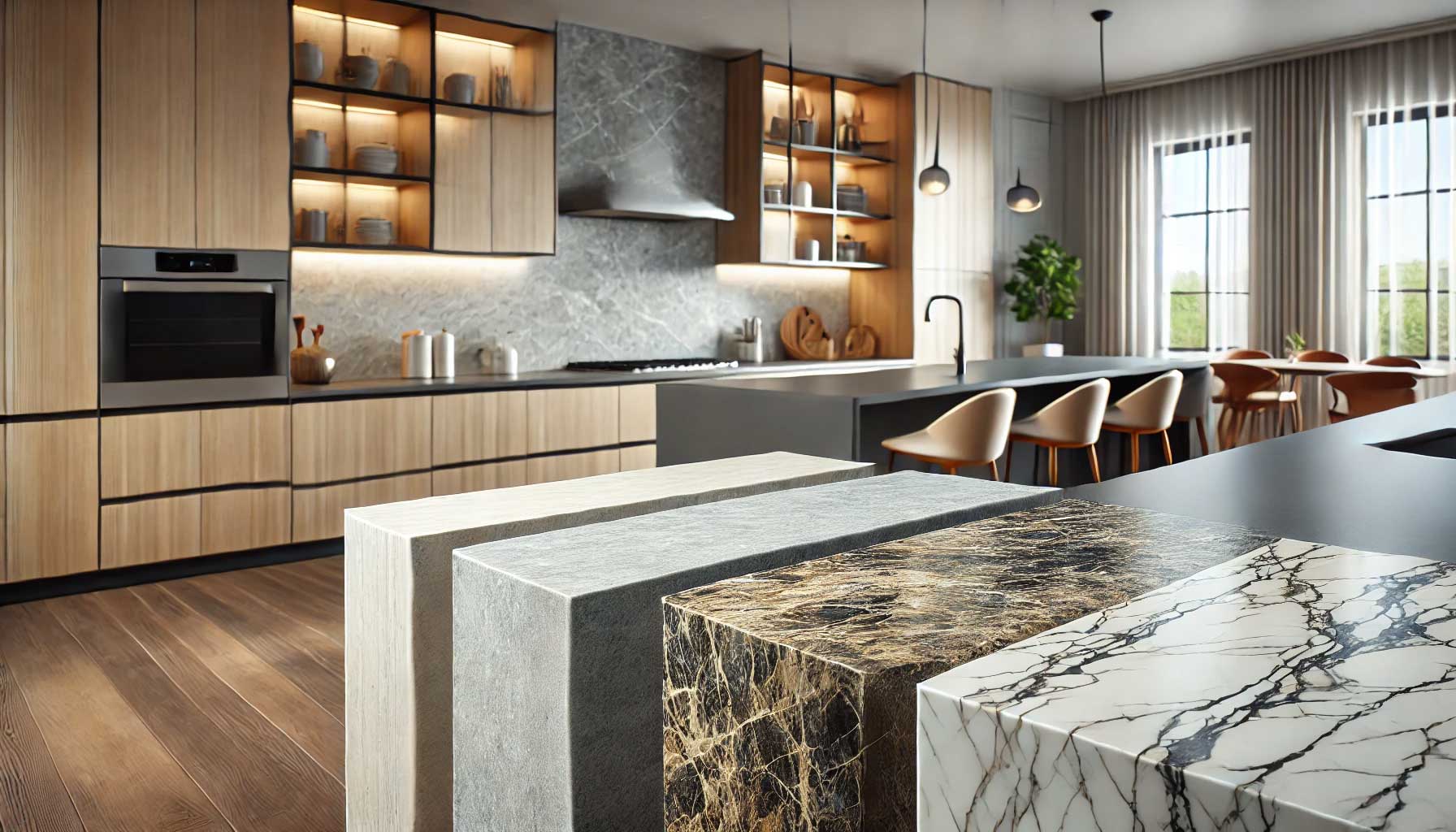When it comes to designing your home, color plays a crucial role in setting the mood and creating the desired atmosphere. Different colors have different effects on our emotions and behavior, and it’s important to choose the right colors for each room based on their purpose and function. In this article, we’ll explore the basics of color psychology in home design and provide tips on how to choose the perfect colors for your home.
The Basics of Color Psychology
Color psychology is the study of how colors affect our mood, behavior, and emotions. Colors can evoke feelings of happiness, calmness, excitement, and even anger or sadness. When it comes to best interior design singapore, different colors can create different atmospheres and moods, and it’s important to choose colors that align with the purpose and function of each room.

Choosing Colors for Each Room
When choosing colors for each room, consider the function of the room and the mood you want to create. Here are some tips for choosing colors for each room:
- Living Room: The living room is typically the main gathering space in a home, and it’s important to choose colors that promote relaxation and comfort. Neutral colors like beige, gray, and white are great choices, as well as warm colors like red and orange.
- Bedroom: The bedroom should feel like a sanctuary, promoting relaxation and restful sleep. Soft, cool colors like blue, green, and lavender are great choices, as well as neutral colors like beige and grey.
- Kitchen: The kitchen is often the heart of the home, and it’s important to choose colors that promote energy and creativity. Bright colors like yellow, green, and red are great choices, as well as neutral colors like white and grey.
- Bathroom: The bathroom should feel clean and refreshing, promoting a sense of calmness and relaxation. Cool colors like blue and green are great choices, as well as neutral colors like white and beige.

Using Color Accents
In addition to choosing the main color scheme for each room, using color accents can add depth and interest to your home design. Consider adding pops of color through accessories like curtains, pillows, and artwork. However, be careful not to overdo it with too many colors or patterns, as this can create a cluttered and overwhelming look.
Choosing the right colors for your home can make a big difference in creating the desired atmosphere and mood. By understanding the basics of color psychology and considering the function of each room, you can choose the perfect colors for your home design. Remember to also use color accents to add interest and depth, but be careful not to overdo it. With these tips, you can create a beautiful and functional home that promotes relaxation, creativity, and productivity.











